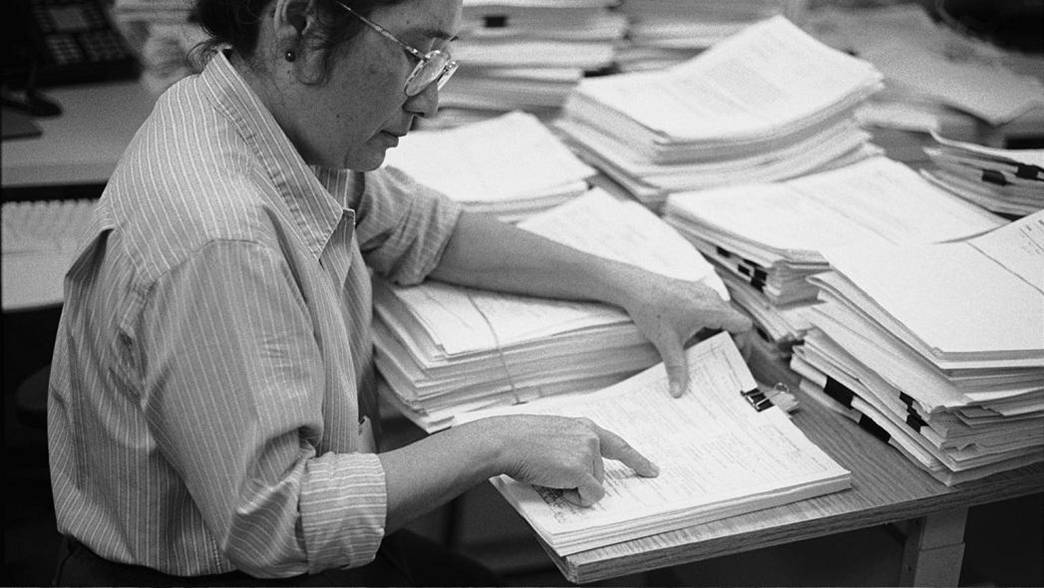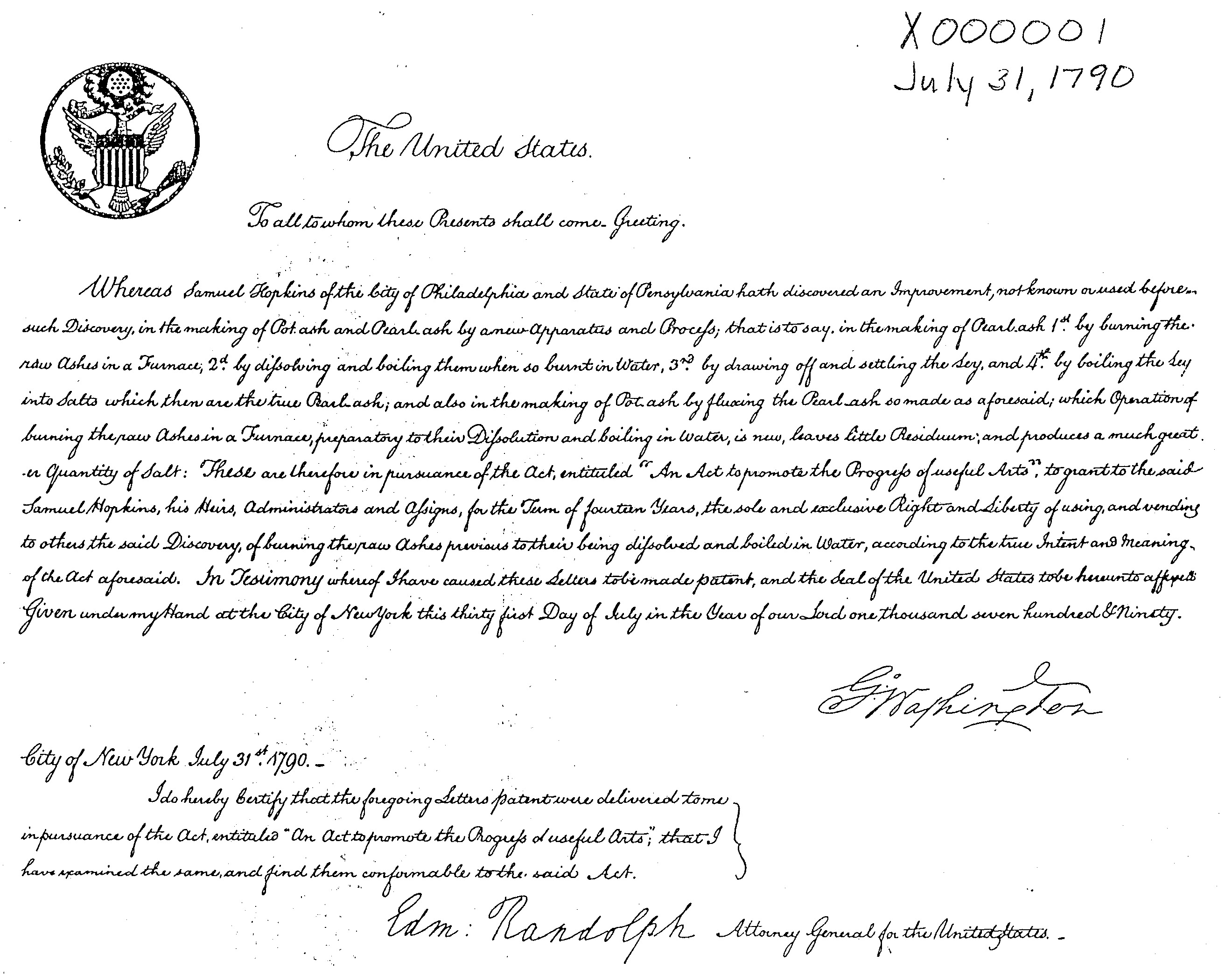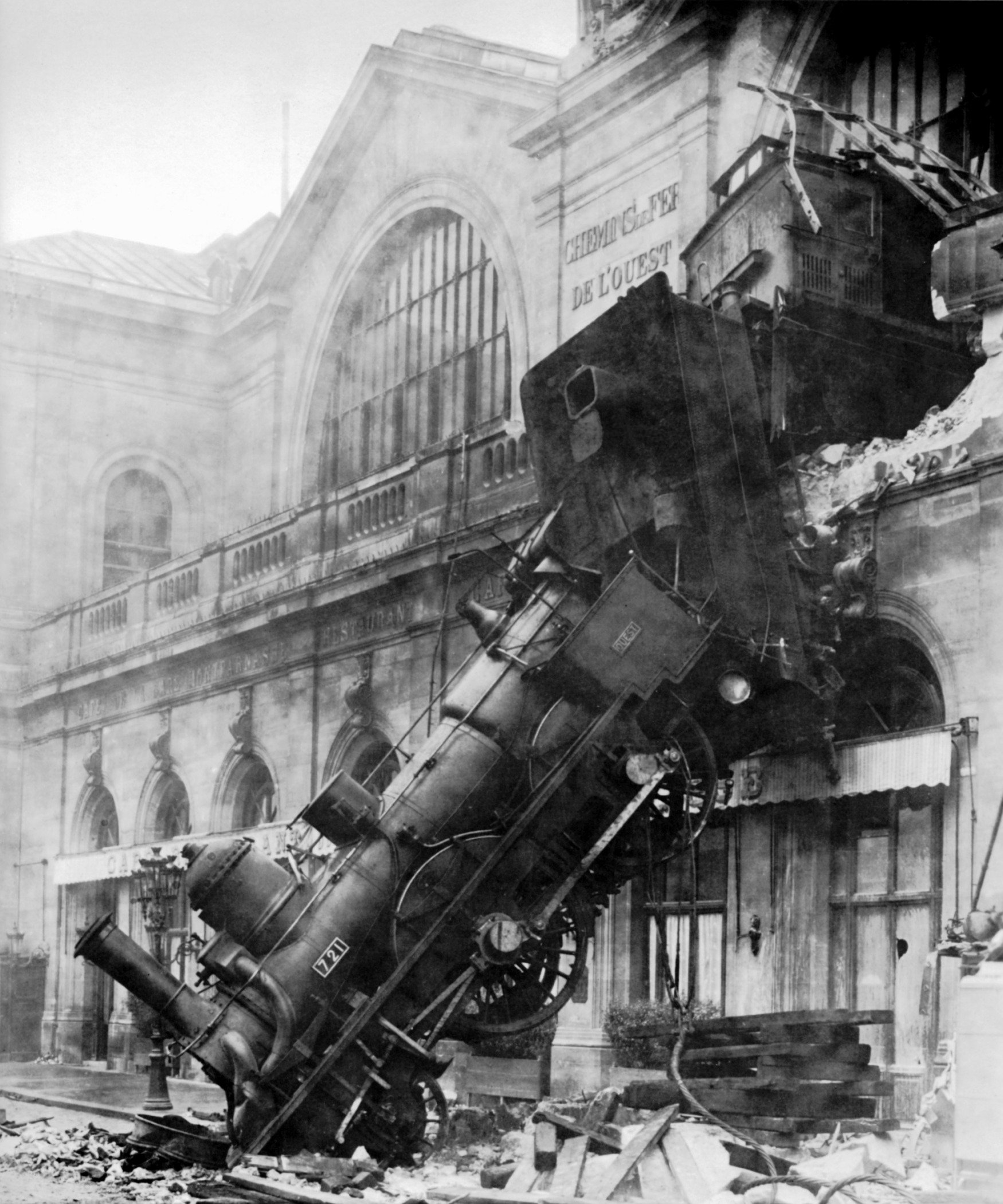|
Person Skilled In The Art
A person having ordinary skill in the art (abbreviated PHOSITA), a person of (ordinary) skill in the art (POSITA or PSITA), a person skilled in the art, a skilled addressee or simply a skilled person is a legal fiction found in many patent laws throughout the world. This hypothetical person is considered to have the normal skills and knowledge in a particular technical field (an "art"), without being a genius. This measure mainly serves as a reference for determining, or at least evaluating, whether an invention is non-obvious or not (in U.S. patent law), or involves an inventive step or not (in European patent laws). If it would have been obvious for this fictional person to come up with the invention while starting from the prior art, then the particular invention is considered not patentable. In some patent laws, the person skilled in the art is also used as a reference in the context of other criteria, for instance in order to determine whether an invention is sufficientl ... [...More Info...] [...Related Items...] OR: [Wikipedia] [Google] [Baidu] |
Legal Fiction
A legal fiction is a construct used in the law where a thing is taken to be true, which is not in fact true, in order to achieve an outcome. Legal fictions can be employed by the courts or found in legislation. Legal fictions are different from Presumption, legal presumptions which assume a certain state of facts until the opposite is proved, such as the presumption of legitimacy. The term ''legal fiction'' is sometimes used in a pejorative way. Jeremy Bentham was a famous historical critic of legal fictions. Proponents of legal fictions, particularly of their use historically, identify legal fictions as "scaffolding around a building under construction". Common law examples Adoption Adoption, Child adoption is a legal fiction in that the adoptive parents become the legal parents, notwithstanding the lack of a biological relationship. Once an order or judgment of adoption is entered, the biological parents become legal strangers to the child, legally no longer related nor with a ... [...More Info...] [...Related Items...] OR: [Wikipedia] [Google] [Baidu] |
Leahy–Smith America Invents Act
The Leahy–Smith America Invents Act (AIA) is a United States federal statute that was passed by Congress and signed into law by President Barack Obama on September 16, 2011. The law represents the most significant legislative change to the U.S. patent system since the Patent Act of 1952 and closely resembles previously proposed legislation in the Senate in its previous session ( Patent Reform Act of 2009). Named for its lead sponsors, Sen. Patrick Leahy ( D– VT) and Rep. Lamar Smith ( R– TX), the Act switches the U.S. patent system from a "first to invent" to a "first inventor to file" system, eliminates interference proceedings, and develops post-grant opposition. Its central provisions went into effect on September 16, 2012 and on March 16, 2013. Provisions First to file and grace period The law switched the U.S. rights to a patent from the previous " first-to-invent" system to a " first inventor-to-file" system for patent applications filed on or after March 16, ... [...More Info...] [...Related Items...] OR: [Wikipedia] [Google] [Baidu] |
Anthony Kennedy
Anthony McLeod Kennedy (born July 23, 1936) is an American attorney and jurist who served as an associate justice of the Supreme Court of the United States from 1988 until his retirement in 2018. He was nominated to the court in 1987 by President Ronald Reagan, and sworn in on February 18, 1988. After the retirement of Sandra Day O'Connor in 2006, he was considered the swing vote on many of the Roberts Court's 5–4 decisions. Born in Sacramento, California, Kennedy took over his father's legal practice in Sacramento after graduating from Stanford University and Harvard Law School. Kennedy became a U.S. federal judge in 1975 when President Gerald Ford appointed him to the United States Court of Appeals for the Ninth Circuit. In November 1987, after two failed attempts at nominating a successor to Associate Justice Lewis F. Powell Jr., President Reagan nominated Kennedy to the Supreme Court. Kennedy won unanimous confirmation from the United States Senate in February 1988. ... [...More Info...] [...Related Items...] OR: [Wikipedia] [Google] [Baidu] |
United States Court Of Appeals For The Federal Circuit
The United States Court of Appeals for the Federal Circuit (in case citations, Fed. Cir. or C.A.F.C.) is one of the 13 United States courts of appeals. It has special appellate jurisdiction over certain categories of cases in the U.S. federal court system. Specifically, it has exclusive appellate jurisdiction over all U.S. federal cases involving patents, trademark registrations, government contracts, veterans' benefits, public safety officers' benefits, federal employees' benefits, and various other types of cases. The Federal Circuit has no jurisdiction over any criminal, bankruptcy, immigration, or U.S. state law cases. It is headquartered at the Howard T. Markey National Courts Building in Washington, D.C. The Federal Circuit was created in 1982 with enactment of the Federal Courts Improvement Act, which merged the United States Court of Customs and Patent Appeals and the appellate division of the United States Court of Claims, making the judges of the former co ... [...More Info...] [...Related Items...] OR: [Wikipedia] [Google] [Baidu] |
United States Patents Quarterly
The ''United States Patents Quarterly'' (U.S.P.Q.) is a United States Reporter (law), legal reporter published by the Bloomberg Industry Group in Washington, D.C. The U.S.P.Q. covers intellectual property cases including patents, copyrights, trademarks, and trade secrets, from 1913 to the present. The publisher stopped the sequence of volume numbers and restarted with a second series, cited as U.S.P.Q. 2d (BNA), in 1987. The U.S.P.Q. reports case law from the United States Supreme Court and most federal appeals courts, including the Court of Appeals for the Federal Circuit, United States Court of Federal Claims, and United States Court of Customs and Patent Appeals. It also includes cases from United States district court, United States District Courts, and certain decisions from administrative tribunals, such as the Trademark Trial and Appeal Board, the Board of Patent Appeals and Interferences, the United States International Trade Commission and the United States Patent and Trade ... [...More Info...] [...Related Items...] OR: [Wikipedia] [Google] [Baidu] |
Academic
An academy (Attic Greek: Ἀκαδήμεια; Koine Greek Ἀκαδημία) is an institution of tertiary education. The name traces back to Plato's school of philosophy, founded approximately 386 BC at Akademia, a sanctuary of Athena, the goddess of wisdom and Skills, skill, north of Ancient Athens, Athens, Greece. The Royal Spanish Academy defines academy as scientific, literary or artistic society established with public authority and as a teaching establishment, public or private, of a professional, artistic, technical or simply practical nature. Etymology The word comes from the ''Academy'' in ancient Greece, which derives from the Athenian hero, ''Akademos''. Outside the city walls of Athens, the Gymnasium (ancient Greece), gymnasium was made famous by Plato as a center of learning. The sacred space, dedicated to the goddess of wisdom, Athena, had formerly been an olive Grove (nature), grove, hence the expression "the groves of Academe". In these gardens, the philos ... [...More Info...] [...Related Items...] OR: [Wikipedia] [Google] [Baidu] |
Peer Review
Peer review is the evaluation of work by one or more people with similar competencies as the producers of the work (:wiktionary:peer#Etymology 2, peers). It functions as a form of self-regulation by qualified members of a profession within the relevant Field of study, field. Peer review methods are used to maintain quality standards, improve performance, and provide credibility. In academia, scholarly peer review is often used to determine an academic paper's suitability for publication. Peer review can be categorized by the type and by the field or profession in which the activity occurs, e.g., #Medical, medical peer review. It can also be used as a teaching tool to help students improve writing assignments. Henry Oldenburg (1619–1677) was a German-born British philosopher who is seen as the 'father' of modern scientific peer review. It developed over the following centuries with, for example, the journal ''Nature (journal), Nature'' making it standard practice in 1973. The t ... [...More Info...] [...Related Items...] OR: [Wikipedia] [Google] [Baidu] |
United States Patent And Trademark Office
The United States Patent and Trademark Office (USPTO) is an List of federal agencies in the United States, agency in the United States Department of Commerce, U.S. Department of Commerce that serves as the national patent office and trademark registration authority for the United States. The USPTO's headquarters are in Alexandria, Virginia, after a 2005 move from the Crystal City, Virginia, Crystal City area of neighboring Arlington County, Virginia, Arlington, Virginia. The USPTO is "unique among federal agencies because it operates solely on fees collected by its users, and not on taxpayer dollars". Its "operating structure is like a business in that it receives requests for services—applications for patents and trademark registrations—and charges fees projected to cover the cost of performing the services [it] provide[s]". The office is headed by the Under Secretary of Commerce for Intellectual Property, under secretary of commerce for intellectual property and directo ... [...More Info...] [...Related Items...] OR: [Wikipedia] [Google] [Baidu] |
Jury
A jury is a sworn body of people (jurors) convened to hear evidence, make Question of fact, findings of fact, and render an impartiality, impartial verdict officially submitted to them by a court, or to set a sentence (law), penalty or Judgment (law), judgment. Most trial juries are "petit juries", and consist of up to 15 people. A larger jury known as a grand jury has been used to investigate potential crimes and render indictments against suspects, and consists of between 16 and 23 jurors. The jury system developed in England during the Middle Ages and is a hallmark of the English common law system. Juries are commonly used in countries whose legal systems derive from the British Empire, such as the United Kingdom, the United States, Canada, Australia, and Republic of Ireland, Ireland. They are not used in most other countries, whose legal systems are based upon European Civil law (legal system), civil law or Islamic sharia, sharia law, although their use has been spreading. ... [...More Info...] [...Related Items...] OR: [Wikipedia] [Google] [Baidu] |
Patent Examiner
A patent examiner (or, historically, a patent clerk) is an employee, usually a civil service, civil servant with a scientific or engineering background, working at a patent office. Duties Due to a long-standing and incessantly growing backlog of unexamined patent applications, examiners have a very limited amount of time to determine patentability of disclosed inventions. Ill-defined "tenure rules", as well as pressure to work overtime to meet the "production quotas", result in very high (over 50% within 4 years after hiring, mostly involuntary) attrition rates among patent examiners, especially at the USPTO. The attrition (mostly involuntary) of patent examiners is so severe that "in some years the USPTO loses more examiners than it hires". Some patent applications are easy for an examiner to assess, but others require considerably more time. This has given rise to controversy: on April 13, 2007, a "Coalition of Patent Examiner Representatives" expressed concern that Offices ... [...More Info...] [...Related Items...] OR: [Wikipedia] [Google] [Baidu] |
Genius
Genius is a characteristic of original and exceptional insight in the performance of some art or endeavor that surpasses expectations, sets new standards for the future, establishes better methods of operation, or remains outside the capabilities of competitors. Genius is associated with intellectual ability and creative productivity. The term ''genius'' can also be used to refer to people characterised by genius, and/or to polymaths who excel across many subjects. There is no scientifically precise definition of genius. When used to refer to the characteristic, genius is associated with talent, but several authors such as Cesare Lombroso and Arthur Schopenhauer systematically distinguish these terms. Walter Isaacson, biographer of many well-known geniuses, explains that although high intelligence may be a prerequisite, the most common trait that actually defines a genius may be the extraordinary ability to apply creativity and imaginative thinking to almost any situation. ... [...More Info...] [...Related Items...] OR: [Wikipedia] [Google] [Baidu] |
Negligence
Negligence ( Lat. ''negligentia'') is a failure to exercise appropriate care expected to be exercised in similar circumstances. Within the scope of tort law, negligence pertains to harm caused by the violation of a duty of care through a negligent act or failure to act. The concept of negligence is linked to the obligation of individuals to exercise reasonable care in their actions and to consider foreseeable harm that their conduct might cause to other people or property. The elements of a negligence claim include the duty to act or refrain from action, breach of that duty, actual and proximate cause of harm, and damages. Someone who suffers loss caused by another's negligence may be able to sue for damages to compensate for their harm. Such loss may include physical injury, harm to property, psychiatric illness, or economic loss. Elements of negligence claims To successfully pursue a claim of negligence through a lawsuit, a plaintiff must establish the " elements" of neg ... [...More Info...] [...Related Items...] OR: [Wikipedia] [Google] [Baidu] |






